Broccolini is a commercial hybrid vegetable that brings together the best qualities of broccoli and Chinese kale, also called jielan (芥藍). It has a relatively short history, being developed in 1993, and is now marketed around the world under different labels. Taiwan, with its agricultural knowhow, has adopted the hybrid as its own and as the weather cools the first harvest is appearing in the markets. Despite its designer credentials, Broccolini is not unduly expensive in Taiwan. It is remarkably tasty and just popping them in boiling water for a minute or two is sufficient preparation if you want to keep things simple.
Now, I am rather inclined to be a bit sniffy about patented vegetables, not that you would guess it in Taiwan, where Broccolini is sold loose in the market. It was originally the creation of the Sakata Seed Company in Yokohama, Japan, who sell it under the name Aspabroc, an appellation that is enough to put anybody off. Various commercial ventures also saw the product marketed as “Asparation,” another registered brand, and it was not until 1998 that it became widely known as Broccolini for marketing in the US.
The various names give a hint of its flavor and appearance. From Broccolini one gets the idea of “baby broccoli,” which it is sometimes inaccurately called, and the original name of Aspabroc suggests the subtle flavors of asparagus.

Photo: Ian Bartholome
In Taiwan it is called qinghuasun (青花筍), which translates as “broccoli shoots.” Technically, these should not be called Broccolini, which is a trademark, but since the advent of this product, farmers in many places have cultivated broccoli/jielan hybrids of various types. Nevertheless, for ease of reference I will use the term Broccolini in this article.
According to the Web site of Taiwan’s Agriculture and Food Agency, Council of Agriculture, qinghuasun was developed for cultivation in Taiwan in 2003 from seeds imported from Japan, and is now widely grown in Yilan and Hualien counties, and the Xingang (新港) area of Chiayi County. Although first shoots are already on the market, the height of the season is in March and April.
It is interesting that none of the naming strategies for Broccolini give a hint of jielan or Chinese kale, the second half of the hybrid. Clearly kale just ain’t sexy enough. This is sad, for it is actually the jielan that gives Broccolini some of its best qualities, such as the long, crispy stem that has none of the fibrousness of broccoli.
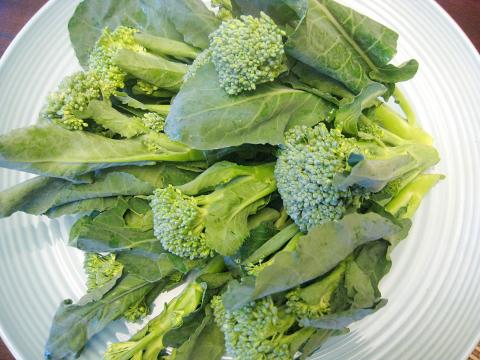
Photo: Ian Bartholomew
Broccolini lends itself to a wide range of preparations. Unlike broccoli, it does not usually need to be peeled, and is excellent boiled, steamed or stir-fried, though my own preferred method is to roast the stems in the oven with olive oil until slightly charred around the edges. For Broccolini, less is almost always more when it comes to cooking, so just make sure you pick up some nice fresh stalks and you can whip up a super tasty meal in minutes.
Some Web sites suggest that Broccolini is a great gateway veg to introduce children to the joys of broccoli. It can be sold to them as “baby broccoli,” and does not have the sometimes slightly sulfurous taste that can appear in broccoli if not properly prepared. Apart from its quick preparation time, Broccolini is rich in vitamin C, vitamin A, potassium and iron. Quick, easy and healthy, Broccolini is a winner for the winter months.
Roast belly pork with Charred Broccolini and Pork Gravy
With its meltingly soft meat and crisp crackling, this goes perfectly with roast or mashed potatoes, boiled carrots or anything else you might think of. The Broccolini gives the whole thing a lovely freshness and adds crunch to the texture palate.
Ingredients
For the pork:
1kg pork belly (with skin on)
1 liter water
50 grams salt
1 tbsp coriander seed
1 tsp cumin seed
1 tbsp black pepper corns
2 dried bay leaves
1/4 cup grape seed oil
For the Broccolini:
1 bunch Broccolini
Olive oil
Salt and pepper to season
For the gravy:
1 cup chicken or vegetable stock
3 tbsp flour
1/4 cup red wine
Directions
1. Make a 5 percent brine solution using 1 liter of water and 50 grams salt. Grind the coriander, cumin, black pepper corns and dried bay leaves, and put it in the brine solution. Put the meat in the brine, cover with plastic wrap and leave in the fridge for six hours or overnight.
2. Preheat the oven to 220c degrees.
3. Remove the pork from the brine, wash it and pat it dry. Discard the brine.
4. Score the skin with a sharp knife.
5. Place in a baking tray with a generous coating of oil. Take particular care to dry the skin with kitchen paper then drizzle with some more oil.
6. Place in the center of the oven and cook for 30 minutes.
7. Reduce temperature to 200c degrees, baste with hot oil from the tray. Do this every 20 minutes. Cook for another 1 hour.
8. Spread the Broccolini on a baking sheet and season generously with salt and pepper. Coat with olive oil.
9. Remove from oven and set the pork aside to rest.
10. Place the Broccolini in the hot oven and roast for 10-15 minutes, depending on the thickness of the stems and how much crunch you want. The leaves should be a little crispy at the edges when done.
11. Pour the fat and juices into a heat-resistant glass bowl or measuring cup so you can see the separation of oil and juice.
12. Spoon off as much oil as possible. Set the juices aside. Place 3 tbsp of oil into a pan and heat over a medium flame. Add 3 tbsp of flour and stir to make a smooth paste. Cook until the flour becomes a pale amber color.
13. Combine the meat juices with stock and wine. Pour this mixture gradually into the pan and mix into the flour. Stir until smooth.
14. The pork should be allowed to rest for about 20 minutes. When rested, slice into thick pieces and serve with the Broccolini and top with gravy.
Ian Bartholomew runs Ian’s Table,a small guesthouse in Hualien. He has lived in Taiwan for many years writing about the food scene and has decided that until you look at farming, you know nothing about the food you eat. He can be contacted at Hualien202@gmail.com.
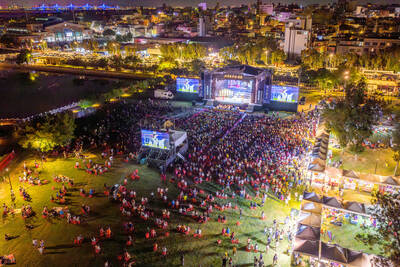
Last week the Chinese Nationalist Party (KMT) announced that the legislature would again amend the Act Governing the Allocation of Government Revenues and Expenditures (財政收支劃分法) to separate fiscal allocations for the three outlying counties of Penghu, Kinmen and Matsu from the 19 municipalities on Taiwan proper. The revisions to the act to redistribute the national tax revenues were passed in December last year. Prior to the new law, the central government received 75 percent of tax revenues, while the local governments took 25 percent. The revisions gave the central government 60 percent, and boosted the local government share to 40 percent,
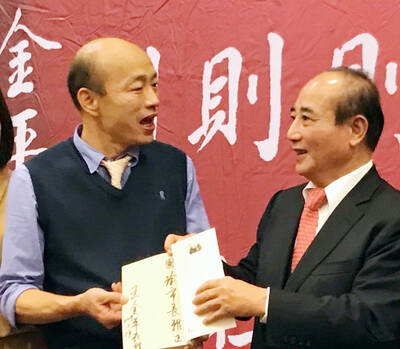
Many will be surprised to discover that the electoral voting numbers in recent elections do not entirely line up with what the actual voting results show. Swing voters decide elections, but in recent elections, the results offer a different and surprisingly consistent message. And there is one overarching theme: a very democratic preference for balance. SOME CAVEATS Putting a number on the number of swing voters is surprisingly slippery. Because swing voters favor different parties depending on the type of election, it is hard to separate die-hard voters leaning towards one party or the other. Complicating matters is that some voters are
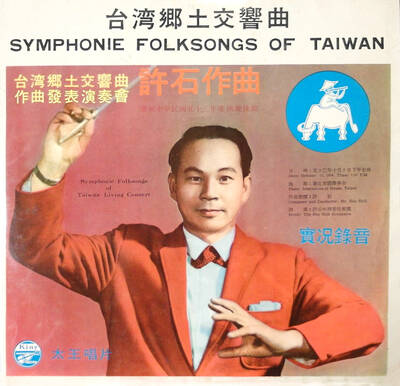
Sept 22 to Sept 28 Hsu Hsih (許石) never forgot the international student gathering he attended in Japan, where participants were asked to sing a folk song from their homeland. When it came to the Taiwanese students, they looked at each other, unable to recall a single tune. Taiwan doesn’t have folk songs, they said. Their classmates were incredulous: “How can that be? How can a place have no folk songs?” The experience deeply embarrassed Hsu, who was studying music. After returning to Taiwan in 1946, he set out to collect the island’s forgotten tunes, from Hoklo (Taiwanese) epics to operatic
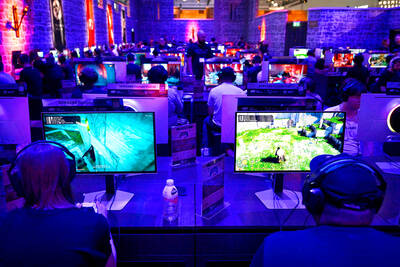
Five years ago, on the verge of the first COVID lockdown, I wrote an article asking what seemed to be an extremely niche question: why do some people invert their controls when playing 3D games? A majority of players push down on the controller to make their onscreen character look down, and up to make them look up. But there is a sizable minority who do the opposite, controlling their avatars like a pilot controls a plane, pulling back to go up. For most modern games, this requires going into the settings and reconfiguring the default controls. Why do they